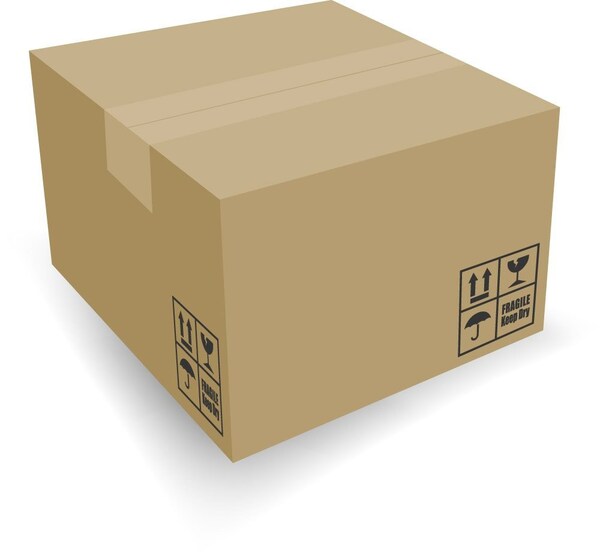Goods sent internationally need to be packed according to specific regulations and standards. Therefore, the specific international packing standards will be shared through the article below.
-
Regulations and standards for international goods packaging
When you want to transport goods internationally, the seller and the shipper need to pack the goods according to a common standard. Here are the regulations and international packing standards that you need to know.

1.1 International packing regulations
- Limits on the size and weight of the shipment
Each different type of goods will have different packaging methods, so it is necessary to determine the correct weight, circumference, and volume of each shipment. At the same time, save costs while shipping internationally.
- Information displayed
Absolutely not missing any information such as type of goods, name of goods, quantity and weight in the package to avoid arising trouble. Particularly dangerous goods must have specialized symbols.
- Address and package label
Specify and correct the consignee and sender’s address both inside and outside the package. The package label and packing slip must be affixed on the same side of the package.
1.2 International packing standards
Depending on the type of goods, the international packing standards will also be different.
- Fragile goods must be wrapped in wrapping paper, nylon, foam sheet, packed in 2 layers of carton and then packed in 5 layers carton. Then clearly write the label of fragile goods on the box.
- For machinery, wrap PE shrink film or carton, packed on pallets, sealed wooden crates, and open wooden crates depending on the type of machine.
- Electronic equipment wrapped in bubble bags, foam sheets, wrapped with bubble film outside, and then packed in 5-layer cartons.
- Wrap the picture with wrapping paper, foam lining, air bubble bag, close the carton carefully
- Furniture must be wrapped with PE shrink film, 3 layers of carton, and sealed around the box with adhesive tape. Reinforce the box with wide plastic tape. Fill the gap with paper inserts or bubble wrap

-
How to pack and ship internationally
In order to ensure the best quality of goods when packing, sending goods internationally, it is necessary to fully follow these 4 steps:
2.1 Evaluation and classification of goods
In order to pack the best goods, it is necessary to evaluate and classify them first. Based on factors such as weight, size of goods; fragility; value of goods; special goods or not.
2.2 Packing according to international packing standards
Choose the form of packaging goods such as foam boxes, wooden crates, or cartons, etc. At the same time, do not forget to use specialized packaging tools such as insert paper, bubble film, air bubble bag, … to fill it
2.3 Sealing of goods
To protect goods from external influences, you can use adhesive tape with a width of 4 to 8cm, … to seal the goods. The crate should be glued in an H shape to seal all edges and seams on the edge of the crate.
2.4 Labeling information
The final step in the international standard of packaging is to label the goods with complete information about both the sender and the receiver.
For special goods, it is possible to write directly or stick a logo so that the staff can be careful when delivering the goods.
